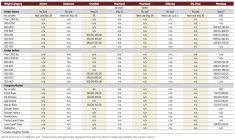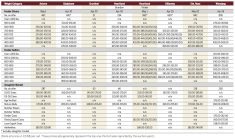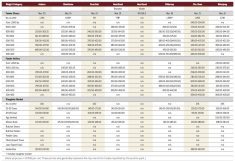Prices for finished cattle in Manitoba held relatively steady during the week ended June 28. Weakness in the Canadian dollar, expectations of lower feed prices in the fall, and improved moisture conditions in key regions were cited as some of the key reasons.
“The feeder cattle market has been stronger here in Western Canada,” said Anne Wasko of Gateway Livestock Marketing. “It’s been quiet trade as far as numbers are concerned, but what’s been trading has been trading strong.”
Just four of the province’s eight main auction marts were open for business during the week. A little over 750 animals made their way to market compared to around 1,000 the week before.
Read Also

Canadian canola prices hinge on rain forecast
Canola markets took a good hit during the week ending July 11, 2025, on the thought that the Canadian crop will yield well despite dry weather.
Bids for feeder steers in the 400- to 500-lb. range held firm in the $210-$230/cwt range. Heifers in the 600- to 700-lb. class also stayed relatively steady at $170-$190 cwt.
Butcher cows and bulls generally traded steady.
According to Wasko, there are expectations feed costs will get lower when supplies from the new corn crop come online.
There are also ideas futures could come under pressure in the coming days as bids from packers mostly softened during the week.
“Packers have been profitable,” Wasko said.
Growing volumes of hogs and pigs in the U.S. could also weigh on the beef market. According to the U.S. Department of Agriculture, increases in the breeding herd will result in a higher number of lightweight pigs headed to processing facilities later this year.
“There is concern about that, especially as we get into the third and fourth quarters of the year,” she said.
On the more bullish side, the amount of beef in cold storage in the U.S. dropped. According to USDA, as of May 31, 465.4 million lbs. of beef were in storage, down 1.2 per cent from the end of April.
Beef production in the U.S. came in at 528.1 million lbs. for the week ended June 23, up 1.7 per cent from the week before.





















